15 years one-stop China custom CNC machining parts factory

Hey there I’m VMT Sam!
With 25 years of CNC machining experience we are committed to helping clients overcome 10000 complex part-processing challenges all to contribute to a better life through intelligent manufacturing. Contact us now
 140 |
Published by VMT at Jun 09 2024
140 |
Published by VMT at Jun 09 2024
I. Types of Plastics Used in the Automotive Industry and Their Applications
The automotive industry extensively uses various plastic materials to meet the requirements of different components.
Polypropylene (PP)
Characteristics: Polypropylene is an excellent thermoplastic synthetic resin with chemical resistance, heat resistance, electrical insulation, high strength mechanical properties, and good wear-resistant processing performance.
Applications: Widely used in automotive interior and exterior components and functional parts such as dashboards, door panels, bumpers, etc.
Polyurethane (PUR)
Characteristics: Polyurethane foam has high usage temperature and compression performance and is easy to construct. Reactive polyurethane hot melt adhesives have good initial adhesion, excellent curing performance, and durability.
Applications: Widely used in the bonding and sealing of automotive interior parts, headlights, speakers, filters, and windshields.
Polyvinyl Chloride (PVC or Vinyl)
Characteristics: Excellent corrosion resistance, heat resistance, flame retardancy, mechanical properties, insulation properties, and plasticity.
Applications: Used in underbody coatings, sealants, floor modules, wire harnesses, passenger compartment components, and exterior parts.
Acrylonitrile Butadiene Styrene (ABS)
Characteristics: ABS has high strength and hardness, good impact resistance, chemical stability, and heat resistance.
Applications: Commonly used in the automotive industry for body shells, instrument housings, and light covers.
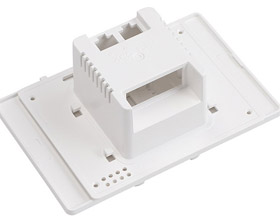
Polyamide (PA/Nylon 6/6, Nylon 6)
Characteristics: Polyamide has high mechanical properties, heat resistance, and wear resistance.
Applications: Often used in engine peripheral parts, pipelines, etc.
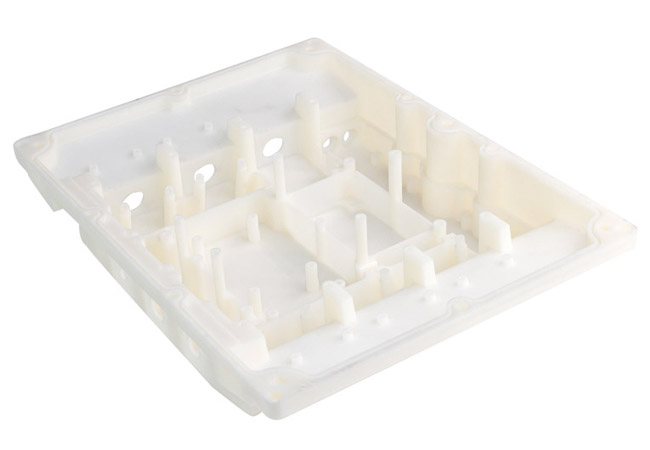
Polystyrene (PS)
Characteristics: High transparency, good fluidity.
Applications: Used in the automotive industry to manufacture instrument housings, light covers, and other components.
Polyethylene (PE)
Characteristics: Low cost, corrosion resistance.
Applications: Used in the automotive industry for fuel tanks, air ducts, and interior parts.
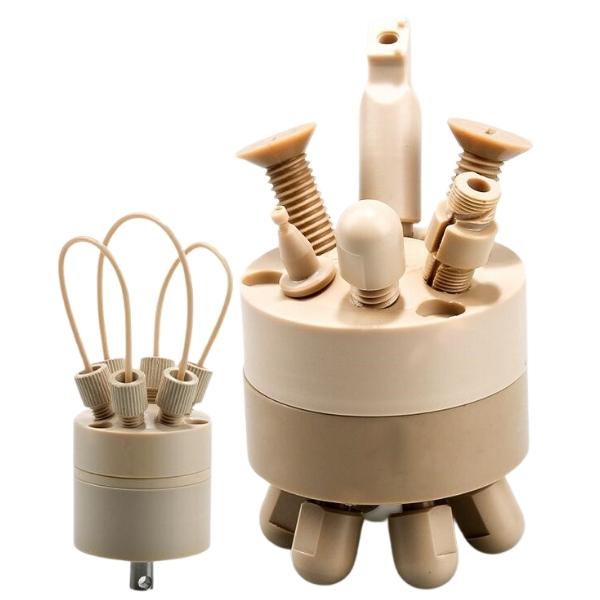
Polyoxymethylene (POM)
Characteristics: High strength, wear resistance.
Applications: Commonly used in the automotive industry for valves, impellers, and other components.
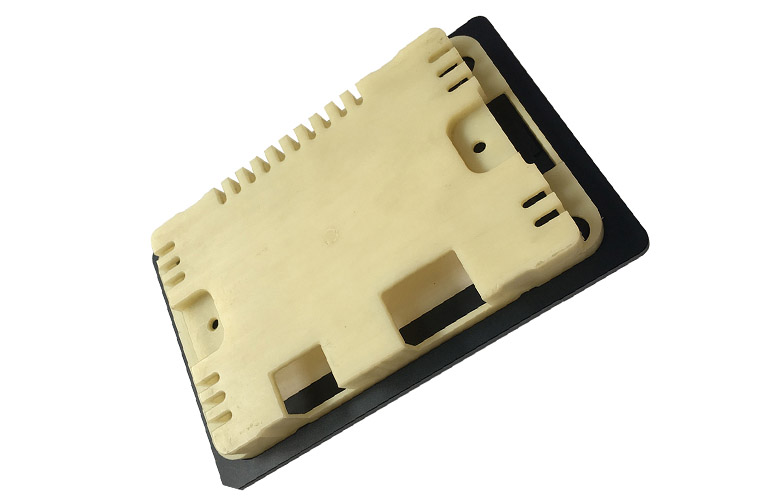
Polycarbonate (PC)
Characteristics: Dimensional stability, UV resistance, toughness, high strength.
Applications: Used in the automotive industry for light covers, windscreen frames, and car windows.
Acrylic (PMMA)
Characteristics: Good light transmittance.
Applications: Used in the automotive industry for lighting signboards, car door windows, etc.
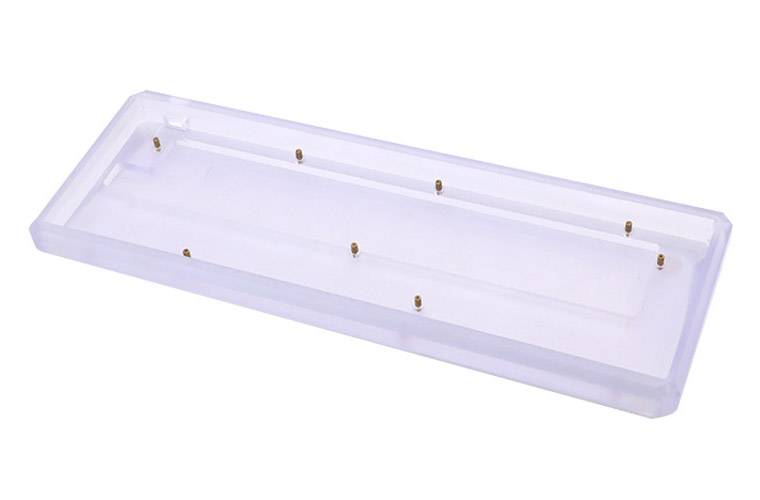
Polybutylene Terephthalate (PBT)
Characteristics: Excellent heat resistance, chemical resistance.
Applications: Used in the automotive industry for electrical connectors, heat exchangers, and other parts.
Polyethylene Terephthalate (PET)
Characteristics: Corrosion resistance, impact resistance.
Applications: Used in the automotive industry for fuel tanks, coolant tanks, and other components.
Acrylonitrile Styrene Acrylate (ASA)
Characteristics: Weather resistance, UV resistance, impact resistance.
Applications: Used in the automotive industry for exterior components, bumpers, etc.
These types of plastics cover a wide range of applications in the automotive industry, from interiors to exteriors, functional parts to decorative parts, meeting the requirements of performance, cost, and environmental considerations.
II. Why Use Plastics in the Automotive Industry?
The primary reasons for choosing plastic materials in the automotive industry are their unique performance advantages. The lightweight nature of plastics helps reduce vehicle weight and improve fuel efficiency. Additionally, the corrosion resistance of plastics ensures stable performance in harsh environments. The ease of machining plastic materials allows automotive manufacturers to design more complex structures and shapes, providing more possibilities for innovation.
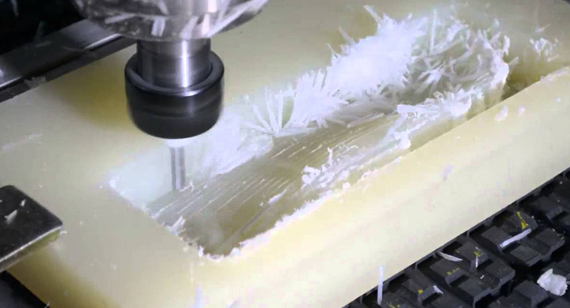
Safety and Comfort: Plastics have excellent impact resistance and shock absorption, improving ride comfort and ensuring safety.
Weight Reduction: Plastics are lighter than traditional metal materials, helping to reduce vehicle weight and improve fuel economy.
Minimal Corrosion Damage: Plastics have good corrosion resistance, allowing them to be used in harsh environments.
Reduced Energy Consumption: Lightweight plastic materials help reduce energy consumption.
Further Creativity and Innovation: Plastics are easy to process and shape, allowing for the design of complex shapes and structures.
Flexibility in Component Integration: Plastics can be combined with other materials (such as metal, rubber) for integrated design.
Cost-Effectiveness: Plastics are cost-effective, enhancing the economic efficiency of automotive manufacturing.
III. Choosing the Right Plastic to Manufacture the Best Automotive Parts
Selecting the right plastic material is crucial for manufacturing high-quality automotive parts. It is necessary to consider factors such as the specific function of the parts, performance requirements, cost, environment, and processing technology. For example, components that need to withstand high impact should use plastic materials with high strength and toughness; parts that need to be exposed to sunlight for a long time should use UV-resistant plastic materials.
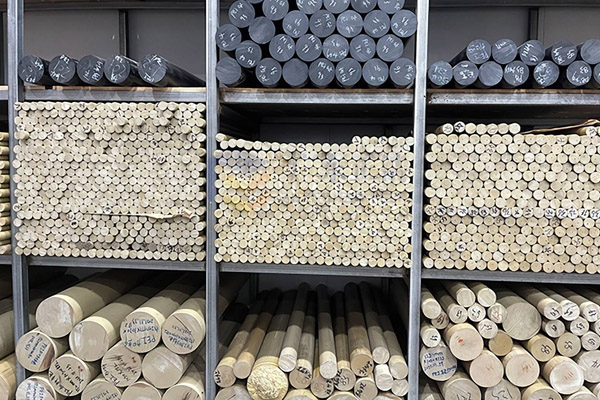
IV. Conclusion
There is a wide variety of plastics used in the automotive industry, each with its unique characteristics and application scenarios. By selecting the appropriate plastic materials, automotive manufacturers can produce lighter, more durable, and more aesthetically pleasing automotive parts, thereby improving the overall performance and competitiveness of vehicles.
V. Frequently Asked Questions
Is PVC or ABS stronger?
Answer: PVC and ABS each have their strengths. ABS generally has higher strength and toughness, making it more suitable for parts that need to withstand greater impact. PVC, on the other hand, emphasizes good processability and corrosion resistance.
What is the best manufacturing method for automotive plastics?
Answer: The best manufacturing method for automotive plastics depends on the specific type of plastic and the requirements of the parts. Common manufacturing methods include injection molding, blow molding, and extrusion. Each method has its unique advantages and applicable range, and manufacturers should choose the most suitable method based on specific circumstances.
How to choose the right plastic?
Answer: Choosing the right plastic requires consideration of the part’s function, performance requirements, cost, and processing technology. Additionally, key indicators such as the mechanical properties, heat resistance, and corrosion resistance of the plastic should be considered. It is recommended to consult professional engineers or material experts for more accurate advice.
Ready To Start Your Next Project?
Get Instant Quote

Request a Free Quote
Send us a message if you have any questions or request a quote. We will get back to you ASAP!